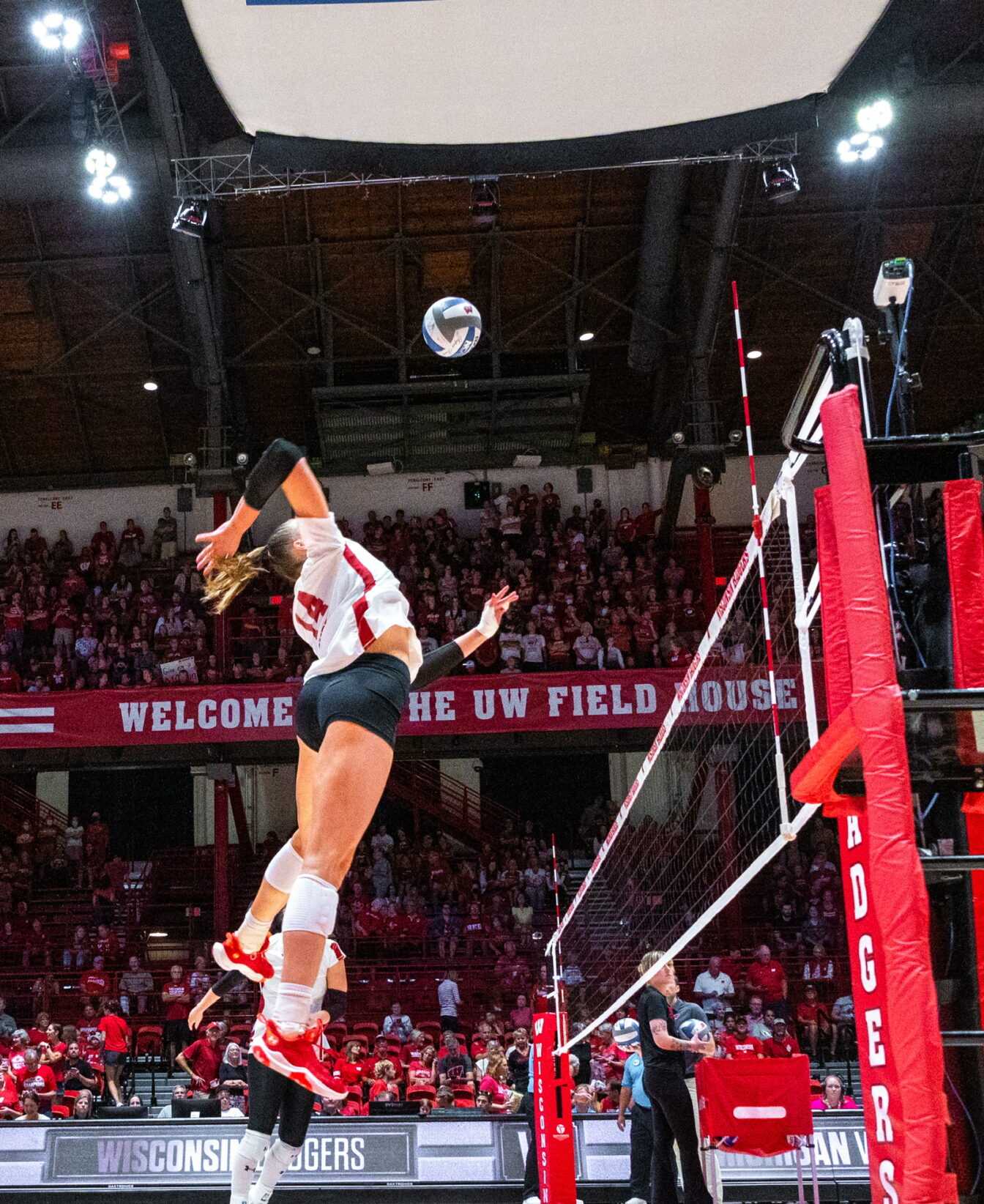Snow, speed and machine; this combination would make many Wisconsin residents anxious to hit area lakes and trails in search of some winter fun.
With around 200,000 registered snowmobiles in the state, snowmobiling has become a major component of the state?s winter recreation, a business that brings almost $3 billion to Wisconsin?s economy every year.
For residents of Wisconsin?s northwoods who enjoy peace and quiet living in houses and cabins on serene rural lakes, snowmobiling has taken on a stigma of being not only obnoxious, but dangerous for those who don?t know the area.
Dustin Maher, a University of Wisconsin freshman, learned this the hard way. While snowmobiling out to his ice-fishing shanty on an area lake, Mauer ran into an area of slush and open water.
Unaware of his surroundings, the student continued through across the lake until the track of his snowmobile was partially submerged in the water.
?When I looked down and saw that I was four inches deep in water I got a little freaked out, but I just stood up on my sled so the back end wouldn?t get buried and floored it,? Mauer said. ?I got out pretty quickly, but it still scared me.?
According to the Department of Natural Resources, there have already been 25 fatalities on area lakes and trails in the few weeks of Wisconsin winter weather, a significant rise from last year?s toll of 15.
DNR snowmobile administrator Karl Brooks said primary contributors to the large fatality number are high speeds, ignorance and alcohol. This winter?s cases have included drowning after falling through the ice, victims being hit by other riders and victims hitting both mobile and stationary objects. Of the 25 fatalities this year, only three of the victims were safety-certified by the state of Wisconsin.
Brooks also attributes the jump to the strange weather and ice conditions this winter.
?People have a false sense of security that the lakes are safe because it is the winter season. But the ice froze so strangely due to the warm temperatures earlier in the season, making it unsafe,? Brooks said.
Brooks also said the lack of snow in the earlier months and the past two years has prevented people from being active on the lakes. This has produced a tightly wound rubber-band effect, bringing everyone outdoors at the first sight of snow, participating more frequently and with more intensity than usual.
Sampling conducted by UW indicates that while Lake Mendota has an average ice thickness of 14 inches, other area lakes, including Lake Monona, have rather poor ice conditions for this time in the winter season. According to UW researchers, the water temperatures of these lakes are significantly warmer than usual, causing ice to be soft except for the topmost inches, which have just recently frozen over.
Surveyors said that any warming will make ice conditions unsafe and that they had found large holes of open water in the southern sections of Lake Monona that pose concern for snowmobile riders who may or may not be familiar with the lake.
Brooks said alcohol has become a large problem with snowmobile riders. DNR statistics from this year show a vast majority of the victims had blood-alcohol-content levels over the legal limit for operating a motorized vehicle. The average BAC for fatalities in the 2001-?02 season was 0.20 percent, twice the legal limit.
New legislation being introduced would lower the BAC allowed for operating a motor vehicle to 0.08 percent. Advocates of the bill feel that this will significantly help decrease the snowmobile fatalities in the state.
Brooks said he was concerned at the high number of fatalities this season, because things were becoming brighter with respect to snowmobile riders. The number of fatalities had been steadily decreasing since the Wisconsin all-time high of 39 in the 1999-?00 and was down by more than 50 percent last season.
However, with the current season far from over, Wisconsin is looking at a bleak year for snowmobile-related fatalities. The percentage of those victims having alcohol in their systems has increased from last year?s 47 percent to this year?s 70 percent.
Brooks said that the DNR says that it is a tragic year and it is unfortunate that there is still potential for more fatalities. He said it is imperative people understand that there should be no use of alcohol while using snowmobiles, because the dangers have proven substantial, and that riders should know the areas through which they?re snowmobiling.











